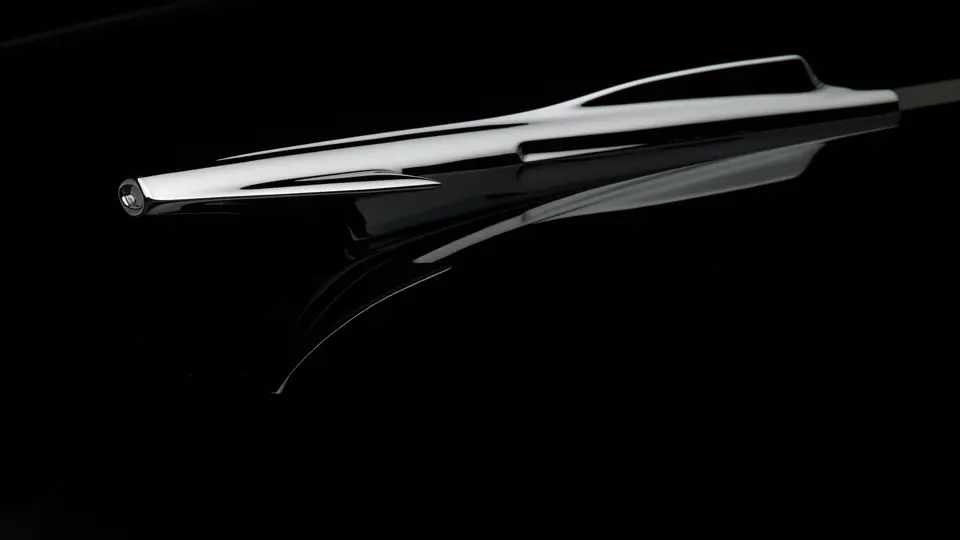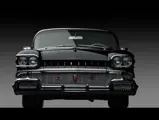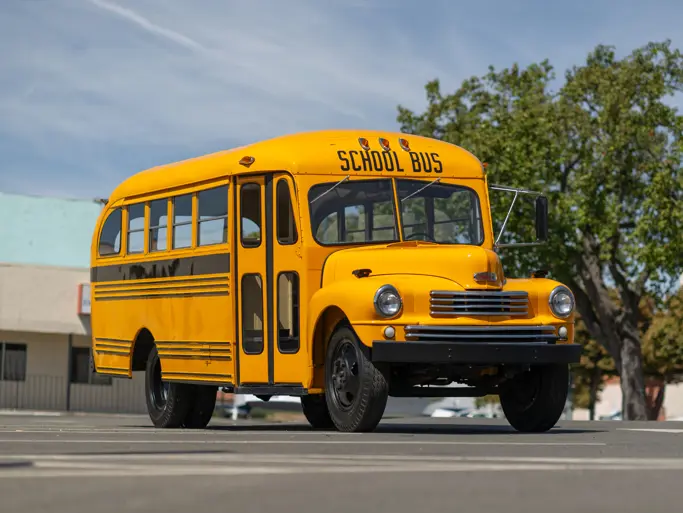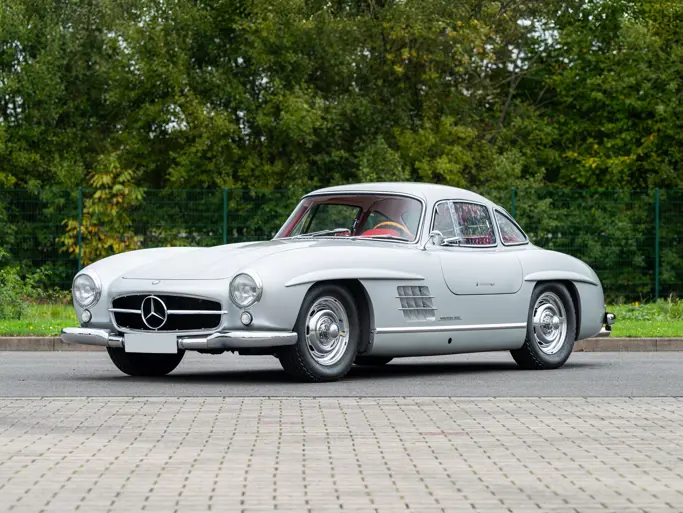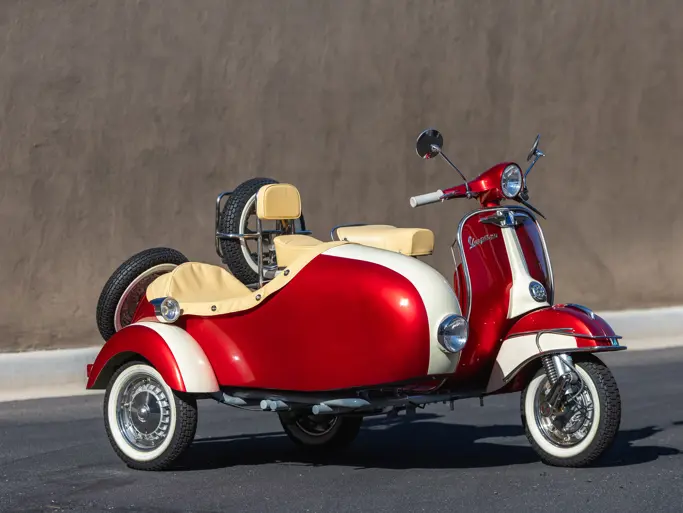
1958 Oldsmobile Ninety-Eight Convertible
{{lr.item.text}}
$258,500 USD | Sold
{{bidding.lot.reserveStatusFormatted}}
- The ultimate American automobile of Detroit’s “Chrome Age,” and the finest example in existence
- Equipped with virtually every factory option, including the “J-2” engine and air suspension
- Multiple-award-winning restoration
The story of Harley Earl has become a part of Motor City lore. The young coachbuilder’s son arrived from sunny, star-spangled Hollywood in 1927, and through his use of clay models, he showed General Motors just what he could do. He was essentially given carte blanche to set up the first in-house styling department at any major American automaker. By the time he reached GM’s mandatory retirement age of 65, in 1959, Earl had become a titan of the industry, with his offices across from the majestic Fisher Building in Detroit. He is given credit for everything from tailfins to the Corvette, and to this day, over four decades after his death, his shoes are those that American designers still try to fill.
What makes this all the more astounding is that, by most all accounts, Harley Earl could not draw, and as a result, he very seldom created a from-scratch design out of his own head. His talent was that rare skill of being able to recognize in others a gift that one’s own self does not have, and to shape and direct that talent towards a single goal.
In Michael Lamm and Dan Holls’s landmark, A Century of Automotive Style, stylist Orval Sanders told of his boss’s style:
"When Mr. Earl entered the studio, he’d first go to where we were doing the full-sized line drawings on these huge blackboards. Everyone in the studio would follow him and converge on that area. Mr. Earl would walk over, pick up one of the new Bertoia wire-mesh chairs, and walk toward the board, holding the chair cupped around his rear end. He would sit down around 10 feet from the board and would direct me to move the lines up or down as he chose, sometimes only 1/8 inch. As he was directing the placement of these lines, he would often also be pointing with the toe of his shoe."
It was those little changes, in the end, that would often make all the difference in the success of a finished design.
Earl’s hands may not have been as skilled as some, but his eye for beauty was undeniable. It was led by his famous credo that guided GM design for over 30 years: “Go all the way, then back off.”
The 1958 models for all General Motors lines began development back in 1955, when post-war America was in a very special mood and mindset. Suburbs were spreading and business was booming. Prosperity was everywhere, and Americans just could not get enough of those new cars that Detroit was building. They wanted models tailored to their new lives. That meant extra comfort, which meant extra size. Gasoline was 23 cents a gallon, so the more power for cruising those new interstate highways the better. Most importantly, the cars had to reflect the American persona, which meant that they had to not only lead the world, but they also had to look the part of a leader. That meant lots of steel, lots of glass, and, especially, lots of chrome.
Oldsmobile’s 1958 model arguably represented the ultimate expression of that idea. It was not larger than the 1957 model; in fact, the wheelbases and chassis remained largely the same. However, the body design was all new, and considerable amounts of chrome were used to make the car appear longer and lower, including long vertical strips along the rear fenders and the “eyebrows,” which trailed back from the quad headlamps. The effect was of a car that appeared to be “painted” with chrome. Massive front and rear bumper assemblies, with the rear incorporating Harley Earl’s beloved jet exhaust-inspired tail lamps, completed the ensemble.
The 1958 Oldsmobiles represent a turning point in General Motors design, as well as the ultimate expression of the corporation’s 1950s styling. Today, they are considered some of the most important and valuable of all Detroit-built automobiles, and none more so than the deluxe Ninety-Eight Convertible.
THE BEST OF THE BIGGEST
The Oldsmobile Ninety-Eight Convertible offered here represents the top-of-the-line offering from Lansing in 1958, as it incorporates open-air style with such standard luxuries as a Hydra-Matic automatic transmission, power steering, power brakes, a dual exhaust, an electric clock, and “lounge seats.” Some 5,605 were produced, at a staggering cost of $4,200 each.
Among them was this car, which is offered today from a very well-respected collection. It had remained in the care of the original family since new, until shortly before the owner’s acquisition, and he was thrilled to find it a solid, rust-free, original example, with only 54,000 actual miles recorded. A no-expense-spared restoration was conducted in Florida, bringing the car to superb, show-quality condition.
The crowning touch to an outstanding restoration was that this is among the best-optioned 1958 Oldsmobiles in existence, and it was fitted with almost every rare and desirable accessory. There is power everything, of course, but it also has the most desirable “J-2” 312-horsepower V-8, with its triple two-barrel carburetors. Inside, there is factory air conditioning and a new optional feature for 1958, the Trans-Portable radio, which can be slipped out of the dashboard and carried with the owner to the beach or on a picnic. Underneath is New-Matic air suspension, which was incredibly expensive when new; it is present on this Ninety-Eight and is still fully functional. Both the Trans-Portable radio and New-Matic suspension are incredibly rare, and to find a car with both today is almost unheard-of.
Since the restoration was completed, the Oldsmobile has been strictly a show car, and its career on the show field has been spectacular. Most prominently, it was shown at the Oldsmobile Nationals, where it was the highest scoring car present and won Best of Class. It earned AACA Grand National Senior honors, followed by the R.E. Olds Memorial Trophy in 2003, which was awarded by General Motors to the finest restored Oldsmobile shown at an AACA national meet.
Looking back at the 1958 models, particularly the Ninety-Eight, one might say that it took Earl 31 years to go all the way. When he retired shortly thereafter, GM would back off. It was as much about sales as it was symbolism, and it marked the end of an era when bigger was better, there was no such thing as “too fast,” and chrome was king.


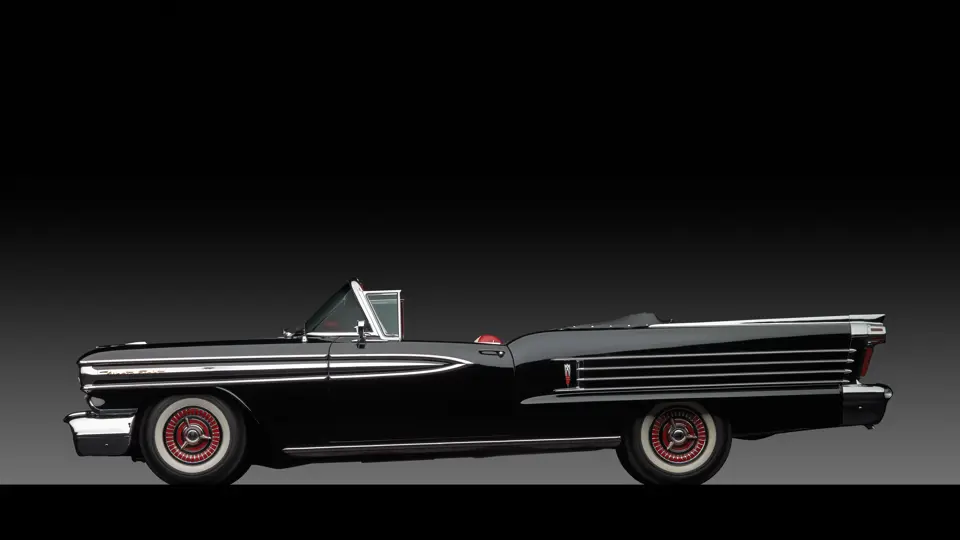

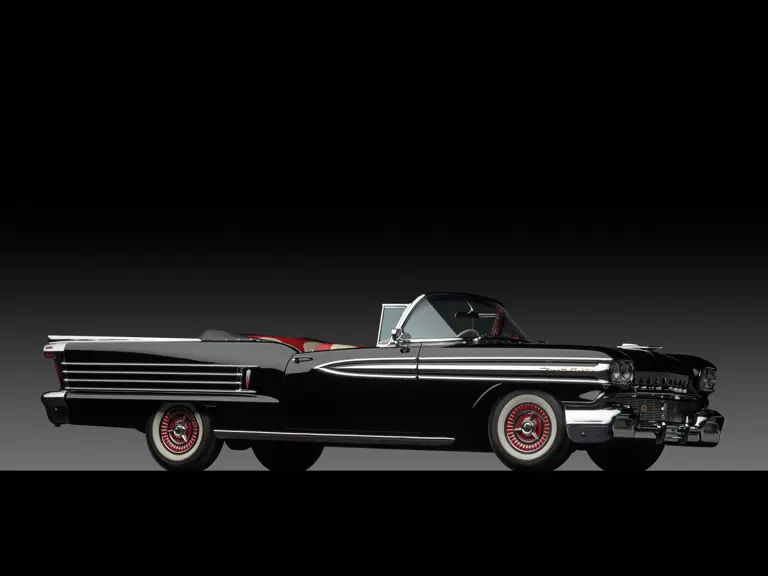


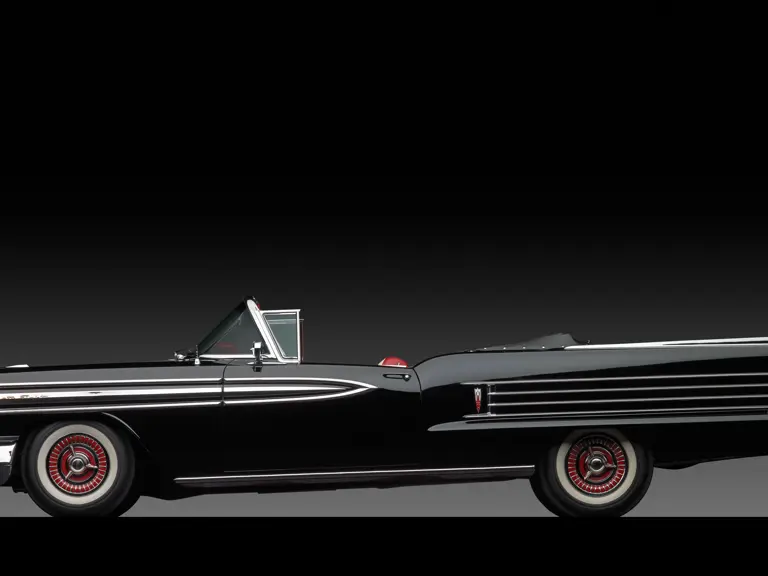
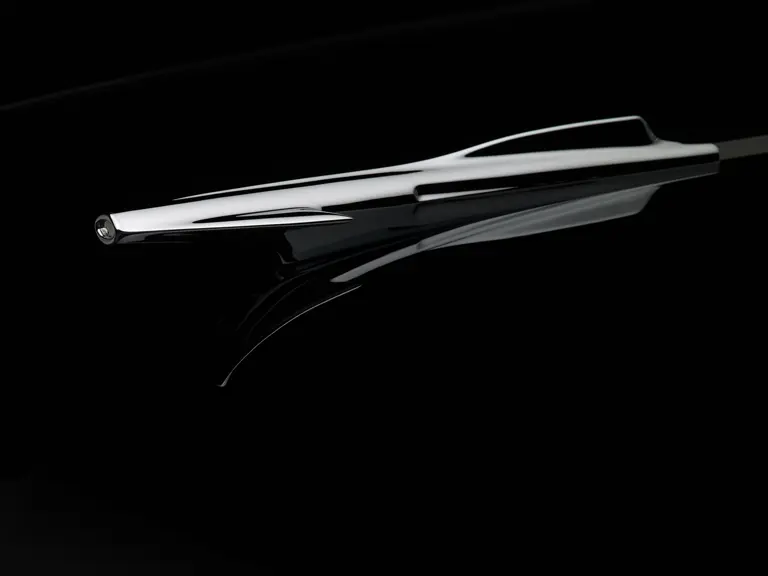
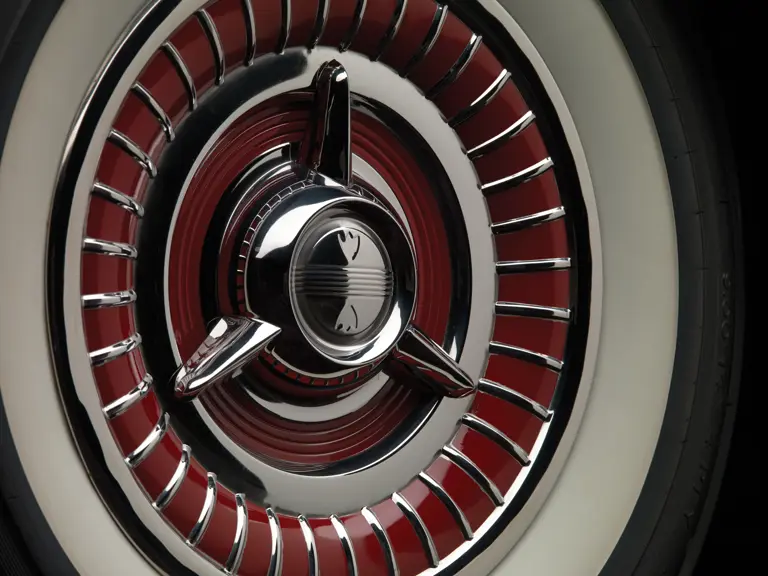
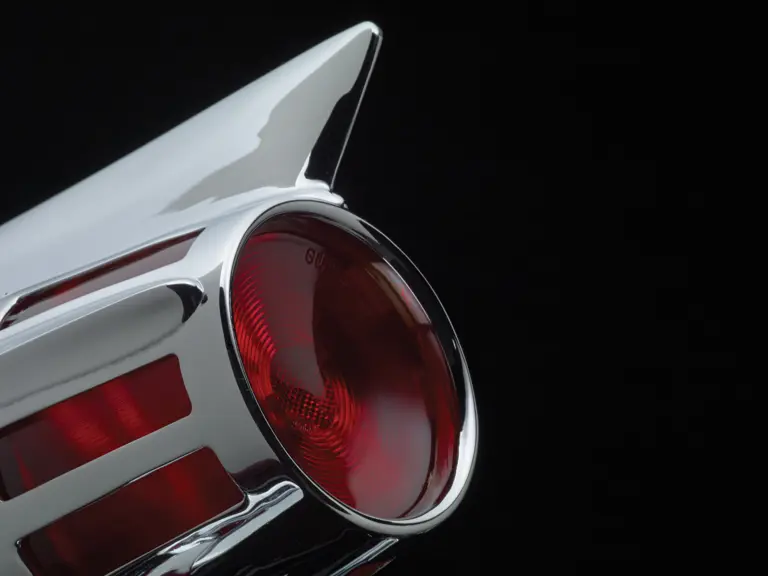

 | New York, New York
| New York, New York
